The category should be used for all English posts to allow proper display in the feed on our webpages.
Category: In English
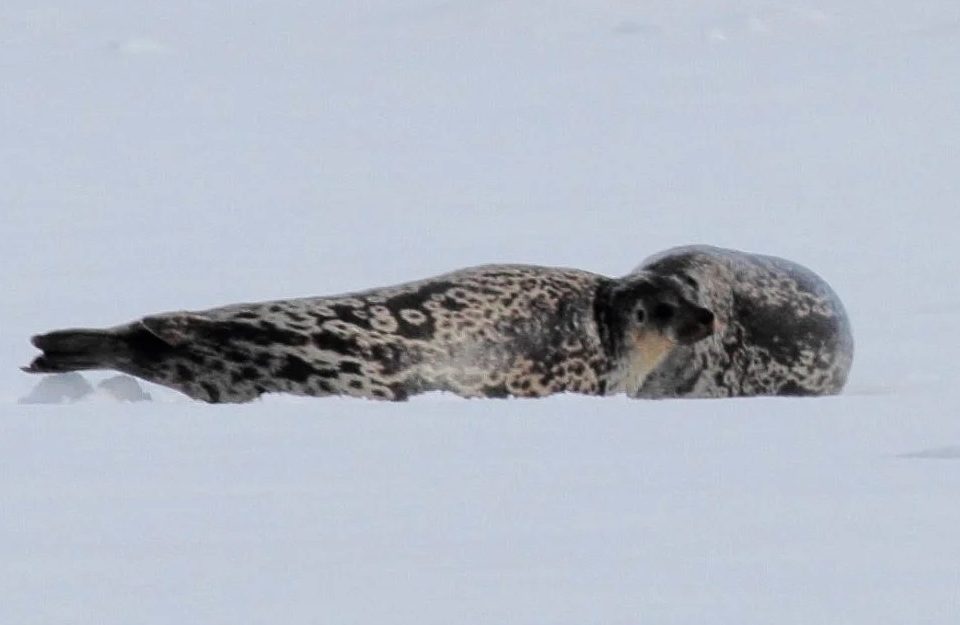
Door 9: Divergence by isolation in Marine Mammals – the case of Kangia ringed seals
Cover: Picture by Greenland Institute of Natural Resources When I need to take a break from work, I often stroll around the Oslo Natural History Museum. Zoological collections have always fascinated me since I was a child, and now that I work for one of them I`m able […]
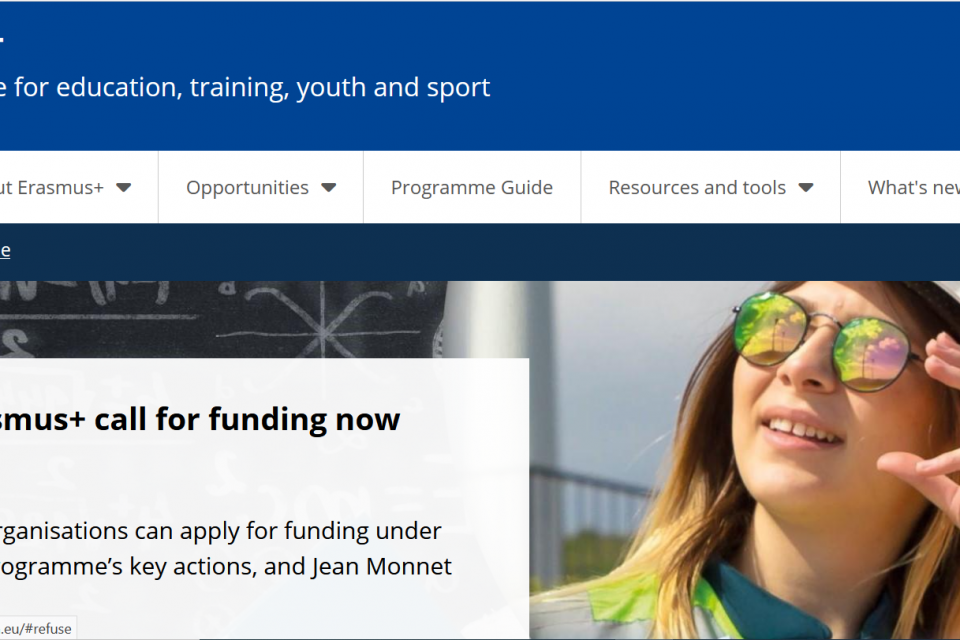
Door 8: Erasmus – exchange of knowledge across Europe
CEG has a long standing tradition of hosting Erasmus students for an internship. This year we also had two students visiting us from Sardinia during the summer. “Erasmus+ is the EU’s program to support education, training, youth and sport in Europe.” It is a program that facilities knowledge […]

Door 7: A New Perspective on Human Origins, interconnected Lineages in Africa
Species evolution is often depicted as linear, neatly separated branches of a tree, an oversimplification that fails to capture the true complexity of evolutionary history. This is especially true for human evolution, where the prevailing belief has been that the modern human population that emerged from Africa was […]
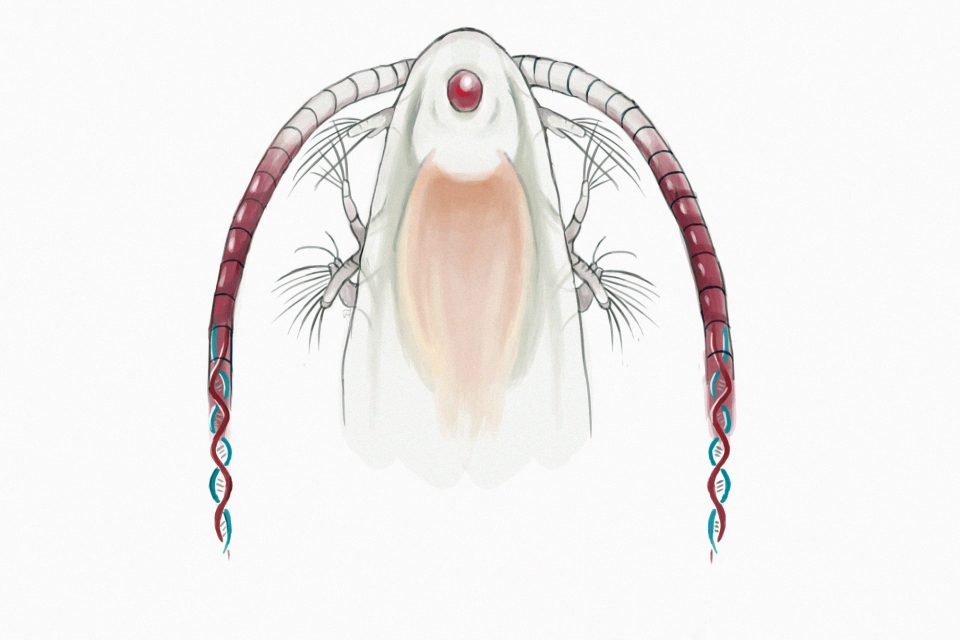
Door 6: Tiny Zooplankton with Giant Genetic Mysteries
For our 6th door, I want to introduce you to a puzzling aspect of my favorite study organism, Calanus—a group of tiny marine zooplankton that play a crucial role in the North Atlantic and Arctic ecosystems. These crustaceans, no larger than a grain of rice, sustain our oceans and […]
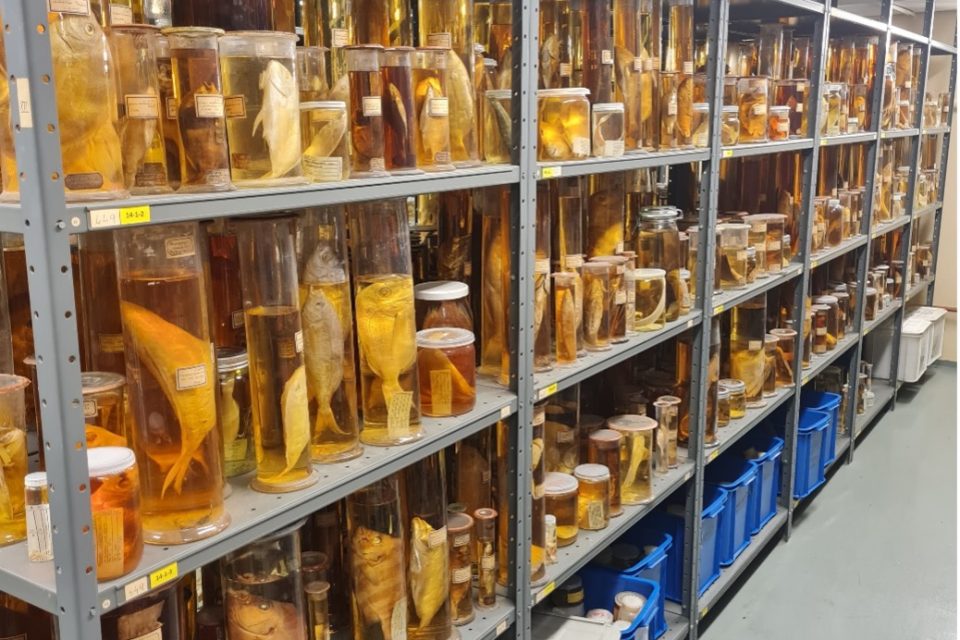
Door 2: Artificial intelligence and taxonomy
The recnt years have seen a hand over fist development of artificial intelligence (AI) applications, and such applications affect the daily life of scientists at an increasing pace, and the ongoing development may in the near future also modify our understanding of science in general. For biologist an […]
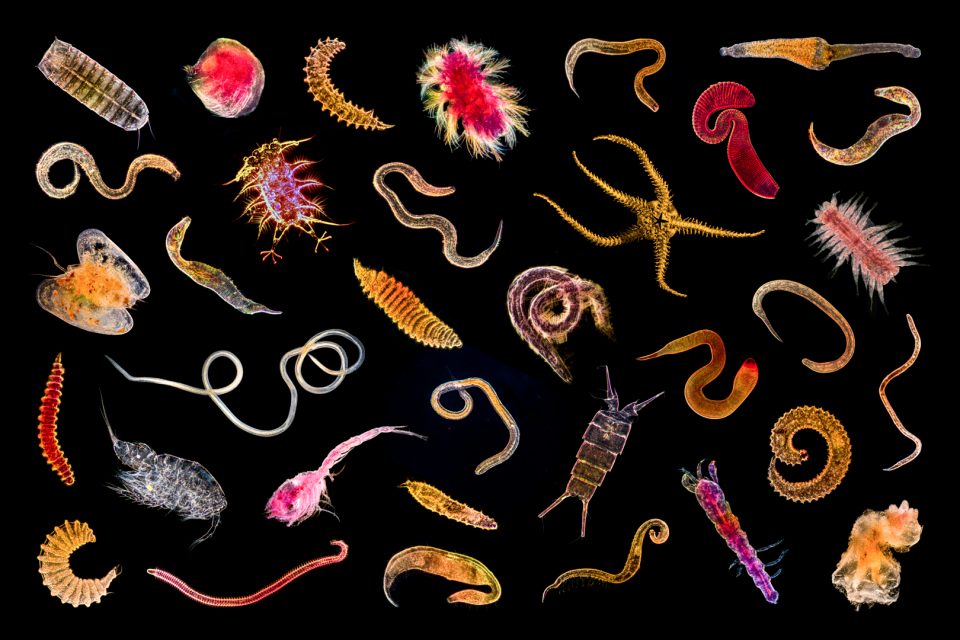
Door 1: Quo vadis biodiversity genomic research?
It is the time of the year, where our group opens a door at our advents calendar again. It is my turn to open the first door. Our group is involved in many research projects involving genomic data as you can see when looking at our previous posts. […]
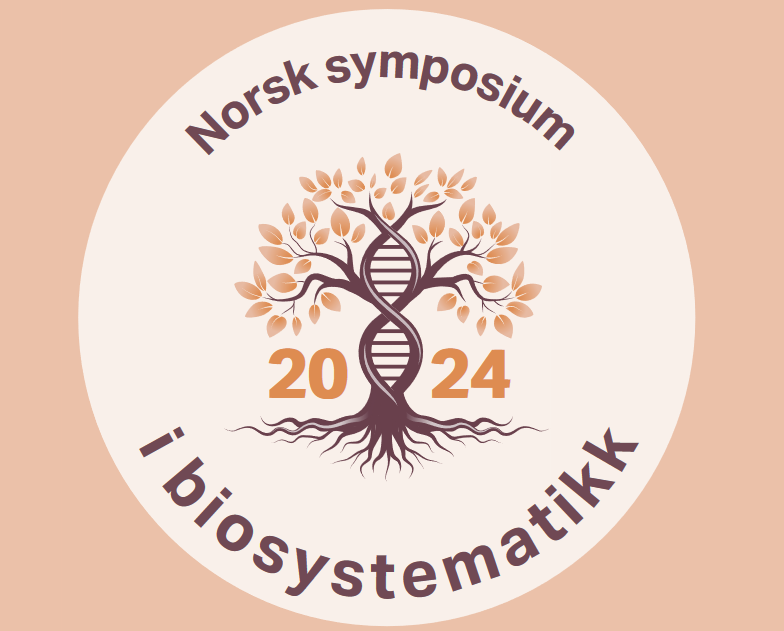
CEG with an even stronger commitment to Norwegian Biosystematics
After an already strong commitment to Norwegian Biodiversity Genomics earlier this year, CEG showed an even stronger commitment to Norwegian Biosystematics at the first ever “Norsk symposium i biosystematikk” organized by Artsdatankena and the Natural History Museum last week in Oslo. With 10 out of 49 contributed talks […]
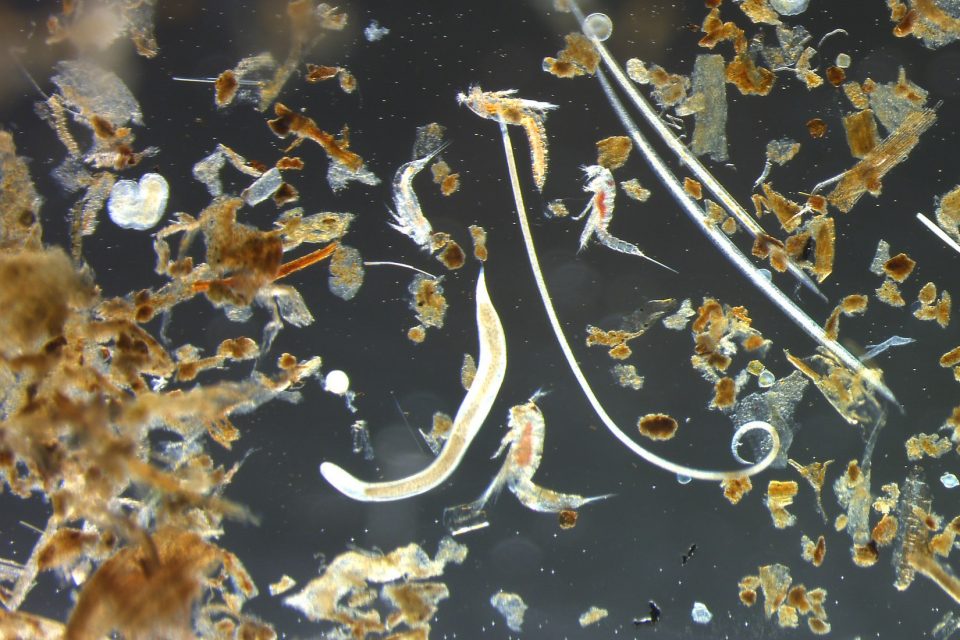
Introducing MeioSkag: Meiofauna and interstitial fauna of four lophotrochozoan groups of the Skagerrak
Earlier this year, our group got a new Artsprosjekt funded. So, let’s dive into the world of meiofauna. A substantial part of marine biodiversity occurs in the space between the sand grains, gravel and stones of sediments. Species that live here, also known as meiofauna, comprise a crucial […]
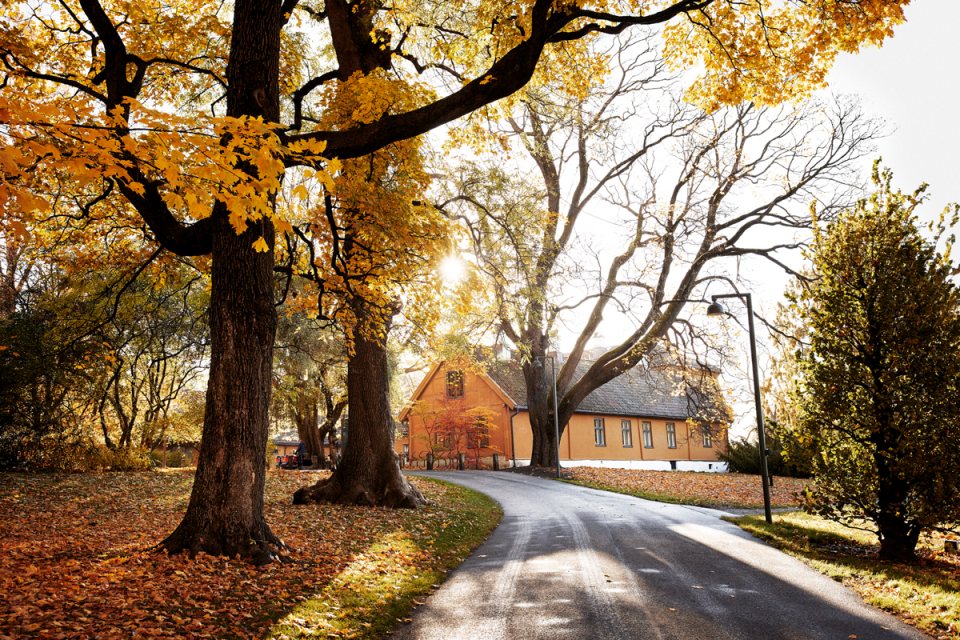
The 2024 Master, PhD and PostDoc Days at the Natural History Museum Oslo
In their daily work early career students and scientists are usually very busy with generating and interpreting data for their scientific projects. But it is equally important to discuss results and methods. While scientific conferences offer such opportunities in official settings, the annual Master, PhD and PostDoc Days […]
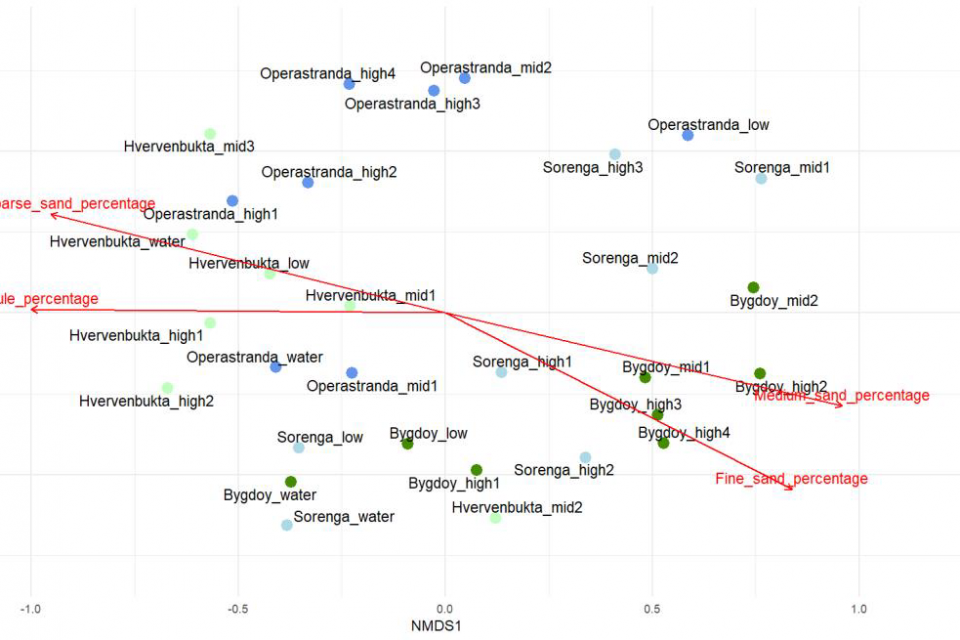
Artificial or not – does it matter for beaches
In the last month, Sunniva Løviknes and Jan Einar Amundsen successfully defended their Master theses they had conducted the last two years in our group. Congratulations to this very interesting project. Both worked on very similar topics. Around the world the number of artificial beaches and even islands […]